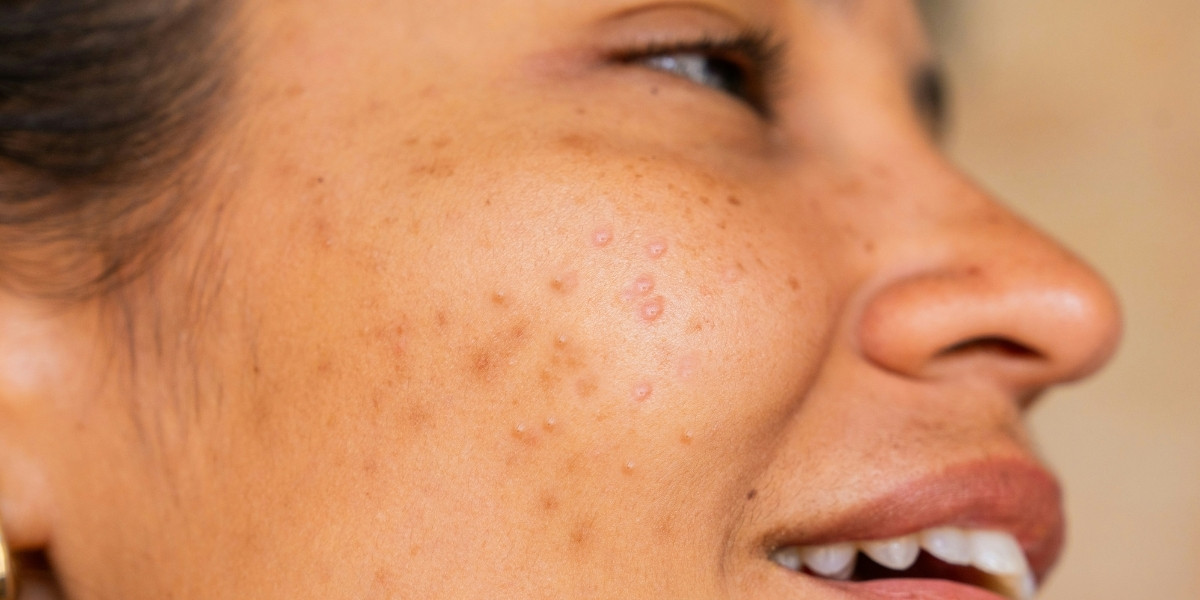What Are These Tiny Bumps and Why Do They Appear?
Tiny bumps on the skin often spark confusion. They’re not always pimples, yet they disrupt texture and clarity. These bumps can stem from various causes, including milia, clogged pores, or other benign skin conditions. Understanding their origin is the first step toward effective treatment.
Milia are small, white cysts that form when keratin and dead skin cells become trapped beneath the skin’s surface. They’re firm to the touch and typically appear around the eyes, nose, and cheeks. Unlike acne, milia don’t involve inflammation or bacteria. They’re painless and often resolve on their own.
Clogged pores, on the other hand, result from excess oil, dead skin, and debris accumulating inside hair follicles. These can lead to whiteheads, blackheads, or sebaceous filaments. While they may resemble milia, clogged pores are more likely to become inflamed or infected if not properly managed. Differentiating between these conditions helps guide the right approach to care.
How Can You Tell Milia Apart from Other Skin Conditions?
Identifying milia requires close observation. They appear as pearly white or yellowish bumps, often mistaken for whiteheads. However, milia are not located inside pores—they form just beneath the skin’s outer layer. They don’t respond to typical acne treatments and shouldn’t be squeezed or picked.
Other conditions, like sebaceous hyperplasia, may also cause small bumps. These are enlarged oil glands that produce soft, yellowish growths. Keratosis pilaris, another common culprit, creates rough patches with tiny bumps, usually on the arms or thighs. These are caused by keratin buildup in hair follicles.
Whiteheads and blackheads are classic signs of clogged pores. Whiteheads are closed comedones, while blackheads are open and oxidized. Both can be treated with exfoliation and oil-balancing products. Milia, however, require a gentler approach. Recognizing these differences prevents unnecessary irritation and supports targeted care.
What Causes Milia and Clogged Pores to Form?
The formation of milia is often linked to skin trauma, sun damage, or genetic predisposition. In newborns, milia are common due to immature skin turnover. In adults, they may appear after burns, rashes, or prolonged use of heavy skincare products. Milia are not contagious and typically resolve without intervention.

Clogged pores result from a combination of factors: excess sebum production, dead skin accumulation, and environmental pollutants. Hormonal changes, poor cleansing habits, and comedogenic products can exacerbate the issue. Unlike milia, clogged pores can lead to acne if bacteria become involved.
Lifestyle also plays a role. Lack of sleep, dehydration, and stress can impair skin function, making it more prone to congestion. Identifying these triggers allows for preventive care. A balanced routine, tailored to skin type and environment, helps reduce the likelihood of recurring bumps.
How Can You Treat and Prevent These Tiny Bumps Safely?
Treating milia requires patience and precision. Since they don’t respond to typical acne treatments, harsh exfoliants or drying agents may worsen the condition. Topical retinoids, such as adapalene or tretinoin, can help by promoting cell turnover. For persistent cases, dermatologists may perform gentle extraction using sterile tools.
Avoid picking or squeezing milia. This can lead to scarring or infection. Instead, focus on gentle exfoliation, hydration, and non-comedogenic skincare. Products with alpha hydroxy acids (AHAs) or polyhydroxy acids (PHAs) can support skin renewal without irritation.
For clogged pores, regular cleansing and exfoliation are key. Use products containing salicylic acid, niacinamide, or clay-based masks to reduce oil and clear debris. Avoid over-cleansing, which can strip the skin and trigger more oil production. Balance is essential—supporting the skin’s natural barrier while keeping pores clear.
What Does a Balanced Skincare Routine Look Like?
A routine that addresses both milia and clogged pores begins with understanding your skin’s needs. Start with a gentle cleanser that removes impurities without disrupting the skin’s pH. Follow with a hydrating toner or essence to prep the skin for treatment.
Incorporate targeted treatments based on your skin’s condition. For milia-prone areas, use a mild retinoid or exfoliating serum a few times a week. For oily or congested zones, apply a pore-refining product with salicylic acid or niacinamide. Always follow with a moisturizer that supports barrier repair.
Sun protection is non-negotiable. Use a broad-spectrum sunscreen daily to prevent damage and reduce the risk of milia formation. Choose formulas that are lightweight and non-comedogenic. Consistency matters—results come from regular care, not quick fixes.





